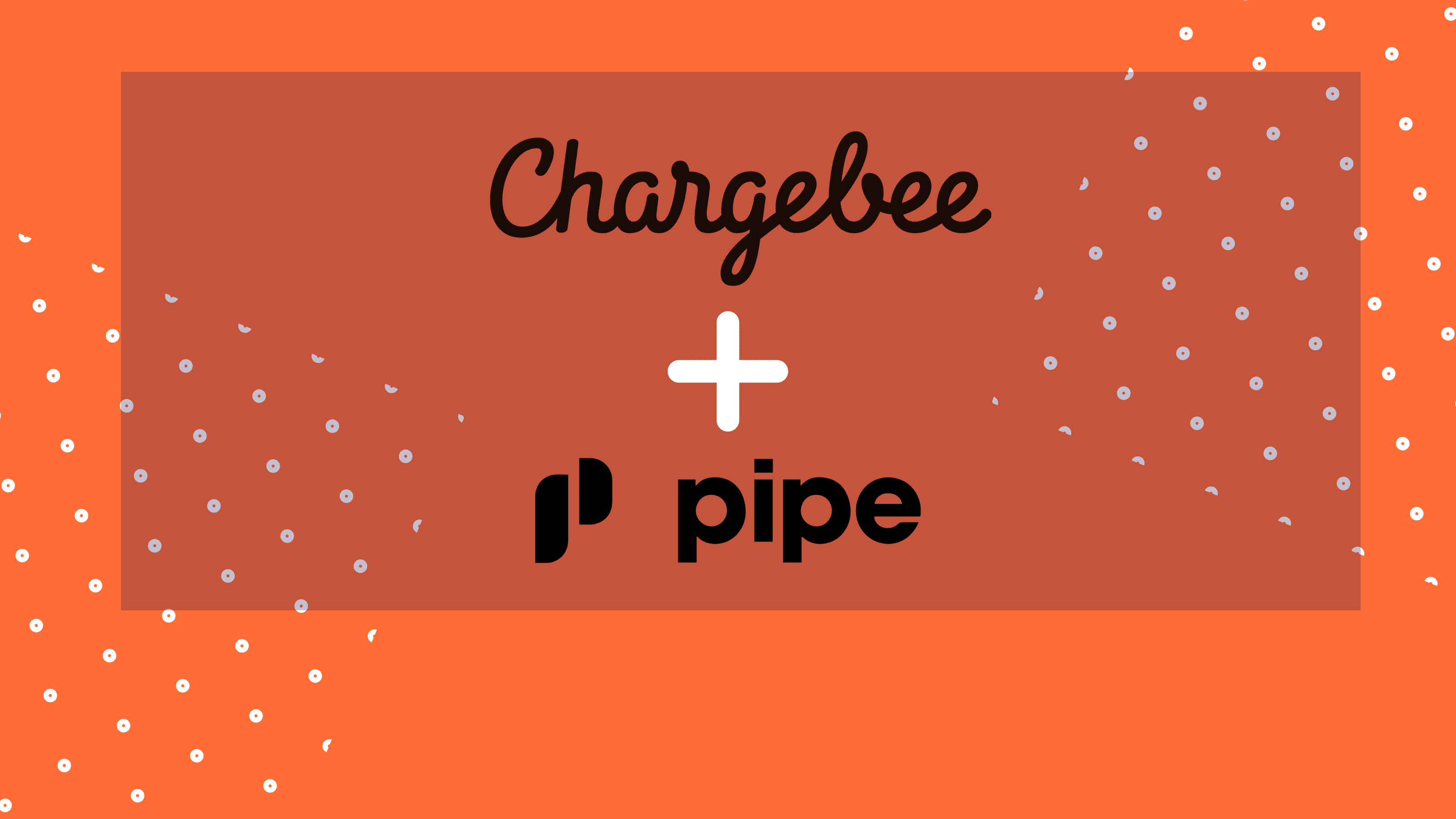Over the past decade, many companies have made a gradual transition from one-time transactional purchases to a subscription-based business model. That’s hardly surprising, as consumers flock to XaaS companies to take advantage of the tools they need with a lower upfront investment and the ability to cancel their plan at any time. It’s predicted that by 2022, 53% of all software revenue will come via subscriptions. In most subscription-led businesses, consumers no longer own the products that serve them.
While subscription models are great for consumers, they present challenges for companies that previously would receive a customer’s payments all at once, versus spread across a monthly subscription fee. This longer cash-flow gap prevents companies from reinvesting their profits into customer acquisition and product development, requiring them to pursue equity financing or debt to fuel their growth.
But business owners should not be forced to sacrifice their company’s worth or stake in it to fill a cash-flow gap. What if, instead, they could leverage the value of those subscriptions to fund and scale their business?
Why Subscription Businesses are Booming
While subscription businesses have been around for quite some time, it was not always technologically feasible; only in recent years could companies offer their software without CDs or direct installation onto local servers. With the proliferation of cloud services, developers could distribute software to consumers digitally, democratizing the software world for consumers and companies alike. Consumers could access enterprise-grade tools at a lower price, and developers could release software onto a marketplace with less friction and lead time. Where you were and who you could sell to in-person was no longer a factor in deploying new software.
Once the software was in the cloud, companies no longer needed to give consumers perpetual access to their tools. Instead, companies could ask for a monthly fee in exchange for its usage, rescinding access when the consumer stopped paying.
Scaling Subscription Businesses
Companies need upfront capital to invest in growth for predictable spending on sales, marketing activities, or even acquisitions. It usually comes from the payment they receive for every new customer they acquire. They accept that payback as one lump sum upfront; with monthly or quarterly subscriptions, they receive that payment over the subscription length. Monthly subscriptions are no small piece of a subscription business’s pie, either. Most subscribers prefer the flexible payment terms of monthly or quarterly subscriptions over an annual subscription since they cannot or do not want to part with that much money all at once. But to keep acquiring new customers and focusing on growth, companies need the upfront money from those subscriptions, which can take months to receive. To fill this gap, companies have a few pre-existing options. They either trade in some of their equity in exchange for more funding or opt for debt, adding dilutive warrants, restrictive covenants, and liens on the business.
So how do you get capital to scale without diluting ownership or taking on debt? Well, use your existing monthly subscribers as leverage instead!
That’s where the Chargebee and Pipe integration comes in.
How Chargebee & Pipe Fill the Gap
As a company scales, it becomes increasingly challenging to manage subscriptions, especially with the complexities of free trials and changing subscription offers. Chargebee makes it easy for them to manage all of their subscriptions, including integrating analytics to give them a fuller picture of their subscriptions landscape. Chargebee also connects with their payment processor so that they can handle everything in a straightforward dashboard. So companies can grow and scale using a subscription model without worrying about managing the details.
“We needed to make our cash flow more predictable. Pipe and Chargebee have allowed us to streamline cash inflow and bridge the unpredictability of cash flow timing, especially during COVID. That means we can focus all of our energy on revenue growth.” – Chris Lesperance, COO of Sapling.
Through its integration with Chargebee, Pipe can pull a company’s subscription data from Chargebee directly into the Pipe dashboard, allowing them to be evaluated quickly and seamlessly.
“I was excited to discover what Pipe and Chargebee could do; it was exactly what we were looking for. They integrated seamlessly and have helped us normalize our collection timelines and shorten our AR window.” – Sachin Dev Duggal, Founder, and CEO of Builder.ai.
No more sacrificing equity in a company they worked hard to build. No more taking on debt to fill in for money they already know they’ll have. By treating subscriptions as tradable assets, companies can receive capital upfront for the first time with no catch.
Takeaways
Companies can and should be free to take advantage of a subscription model without diluting their business with increased debt and equity capital or worrying about how to manage the increasing complexity of a subscription-focused business. Chargebee allows companies to scale sustainably by supporting their internal operations and its integration with Pipe allows companies access to capital to scale without giving up their valuable equity.
To learn more visit: pipe.com/chargebee





